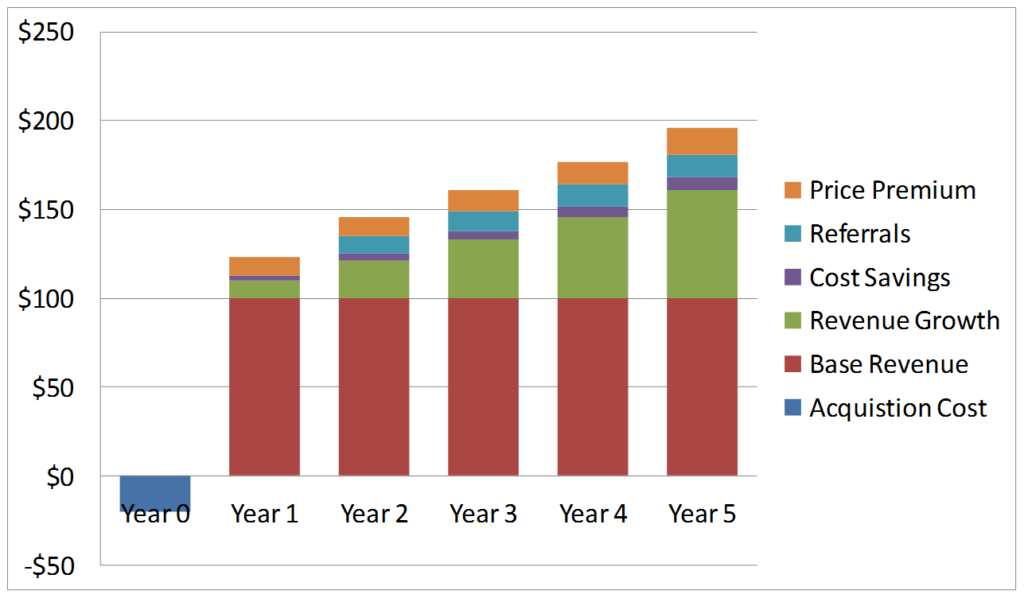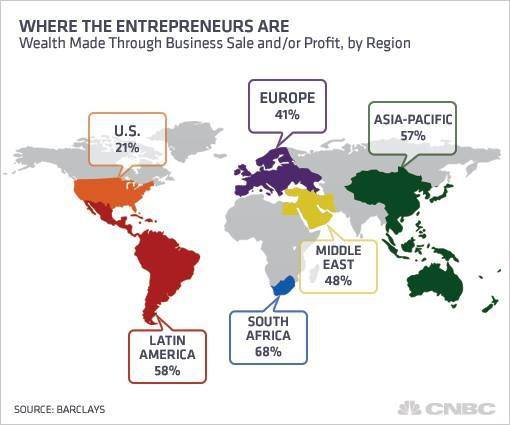The customer experience truly is a journey. If your goal is to build customer relationships for life, then there are some logical steps to take to move those relationships forward in a positive way.
In the previous two articles we addressed ways to dramatically improve financial performance without major investments, and the importance of retaining profitable customers for life. Now let’s discuss how to establish those lifetime customer relationships.

The life-cycle of any great business relationship begins with the initial contact and progresses forward from that point. However, the experience doesn’t have to be overly complex. At the end of the day we all want the same thing when it comes to the customer experience. Each of us wants to feel important.
How do we enrich the customer experience, and begin to establish those lifetime business relationships?








